Inflation and Capital Gain in the Real Estate Market
We started this 2022 with the economic consequences that the Covid pandemic left us worldwide and that inevitably affected supply chains throughout the planet and consequently projected inflation levels to records not seen since the 1990s. Thus, the inflation rate reported for December 2021 by the Bank of Mexico is 7.36% (INPC in the Economic Information System of the Bank of Mexico).
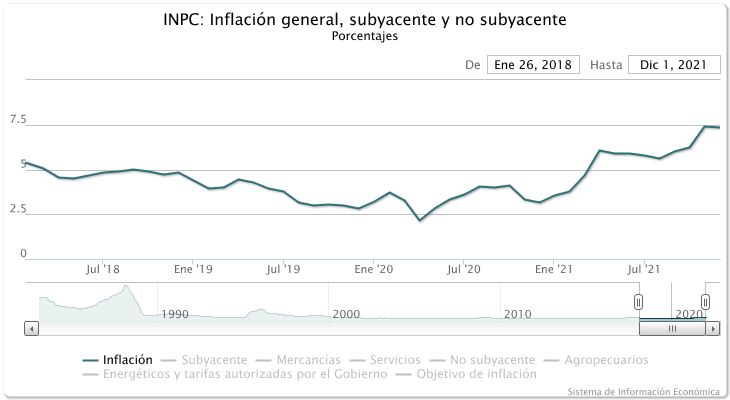
With inflation looming on the horizon, many real estate investors are wondering what this means for their assets and businesses. With rising inflation, we see consumer prices rise, but what effect does this have on real estate?
Economists explain inflation as a sustained increase in the prices of services and goods, including rents, real estate prices, stocks, wages, and more.
When investing in real estate, it is important to consider the effects of appreciation and inflation. In this article, we’ll look at how appreciation and inflation affect long-term real estate investing and how you can benefit from a buy-and-hold real estate strategy. First, let’s look at some reasons why real estate is our favorite asset class to invest in.
• Fiscal benefits
• Cash Flow
• Appreciation Potential
• Inflation-proof
• Limited amount of real estate
Real estate investments offer higher returns. Just as property values increase with inflation, the amount tenants pay in rent can increase over time. This allows real estate investors to keep up with rising prices throughout the economy.
Real Estate Appreciation
Appreciation refers to an increase in the value of an asset over time. Due to economic growth, limited housing, demographic changes, or other additional reasons, real estate prices are almost certain to increase in the long term. For example, if you buy a property for $200,000 in today’s market, you may be able to sell it for about $300,000 in 10 to 15 years. However, there is no sure way to predict real estate market trends. Your home’s value may decline due to a crime wave, job losses, destructive weather events, vacant homes, an increase in property tax rates, etc.

How location affects appreciation
When determining real estate appreciation, consider location. Location refers to the city, state, neighborhood, and exact location in the neighborhood. Locations that are in higher demand are more likely to cause real estate appreciation in the future. When identifying emerging markets, it is important to assess job creation, population growth, government planning, affordability, absorption rate, and vacancy rate. Austin, Texas is a city that has experienced tremendous growth in the real estate market and will most likely continue to grow.
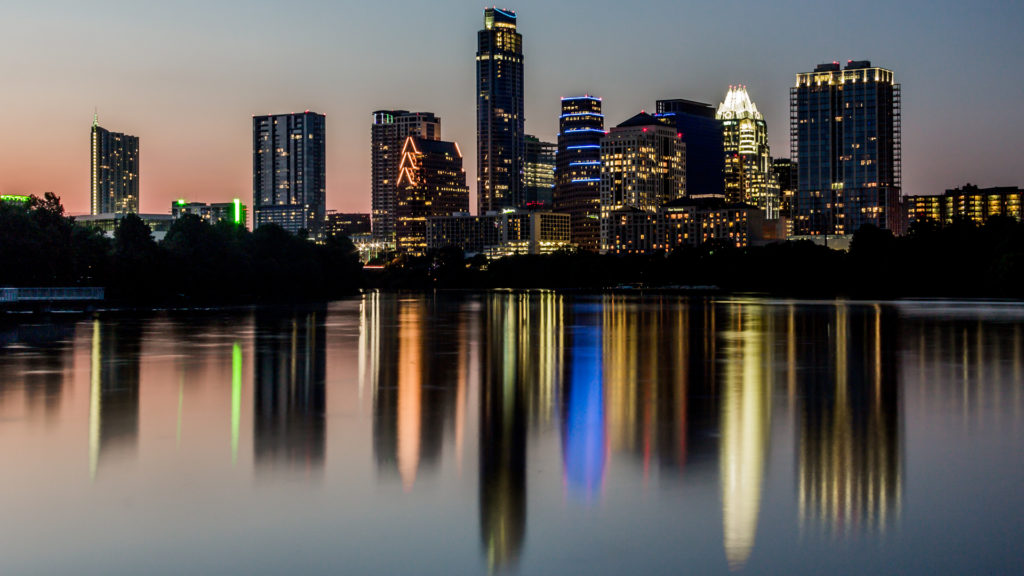
Economics and appreciation
While you can control the location and aesthetics of your real estate, there are other aspects of real estate appraisal that are beyond our control. The economy is one of them. When the economy is doing well, the demand for housing will increase, which means that house prices will rise.
How Inflation Affects Real Estate Appreciation
Inflation is one of the most important factors in real estate appreciation. In fact, there is a direct correlation between inflation, demand, and appreciation. So when the price of your home goes up over time, is it due to home appreciation or inflation?
Here’s a quick example of how both appreciation and inflation will affect your real estate investment over 20 years.
“In real estate, if you put down 15% to buy a property, you get a return on not only that 15% but also the other 85% because of appreciation. Let’s say you put a 15% down payment ($50,000) on a $330,000 investment property and the appreciation stays at 5% for 20 years. Your property would be worth $876,000. If you include the loss from inflation, you will be left with a property of $471,000 in current dollar value.”
These are just some elements to consider when investing in real estate, therefore, it is important to rely on the experience of an experienced team that not only knows the product that is offered but also all the important items that surround the possible appreciation and how the property responds to inflationary pressures. If you want to know more about how to invest safely in the Riviera Maya, do not hesitate to contact us. We are here to serve you and the best of all is that it does not cost you more.
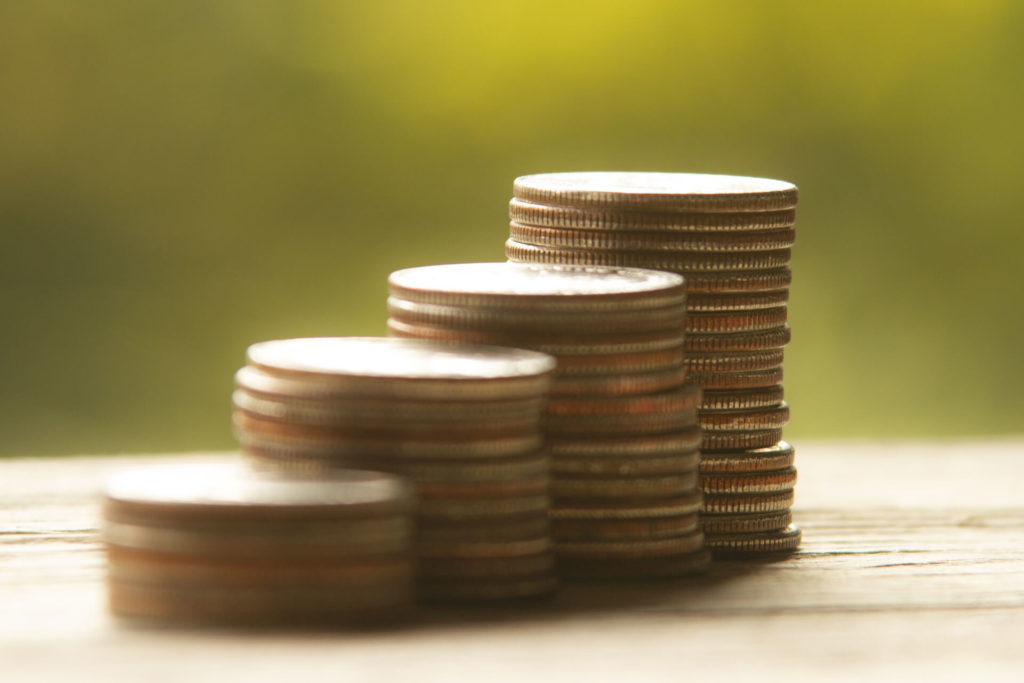
Companies, processes, and good practices for working at home
The coronavirus pandemic shook the structures of the world of work: it introduced changes in the way we work and forced companies to accelerate, from one day to the next, a digital transformation that in many cases was not designed to happen in the short term.
All these sudden changes forced companies and collaborators to adapt to a new reality amid an unprecedented pandemic and an adverse economic context, which ended up transforming our professional (and personal) lives and, above all, what we expect from companies.

A list of the Best Companies in 2021 sought to shed light on this phenomenon and highlight which are the 25 companies to make a career in Mexico. The result was a ranking made up of 20% of national companies. The list, headed by the multinational FEMSA, also includes companies from various sectors such as Grupo Financiero Banorte and the cement company Cemex, and among the new firms that entered the list this year are Grupo Bimbo and the insurance company GNP.
“Today’s workforce not only wants a great salary but also values, flexibility, stability and growth opportunities within a company”
Adapt to changes
The pandemic took both workers and companies by surprise, who were forced to implement plans and actions to remain active and support a workforce that turned to work, en masse and without prior notice, from home. Teleworking ceased to be the exception and became the rule, the boundaries between personal and work life were erased with a stroke of the pen, and collaboration with colleagues was reduced to interactions through emails, chats, and videoconferences.
The Best Companies successfully managed to adapt to this new reality, stay active, and offer the best possible working conditions for their employees. And, as most companies consider that the future of work will be hybrid, they are already projecting a new office design and a work scheme where workers will spend only two or three days away from home. For this, they will implement the “hot desking” model, a system where employees share the same table on different shifts.
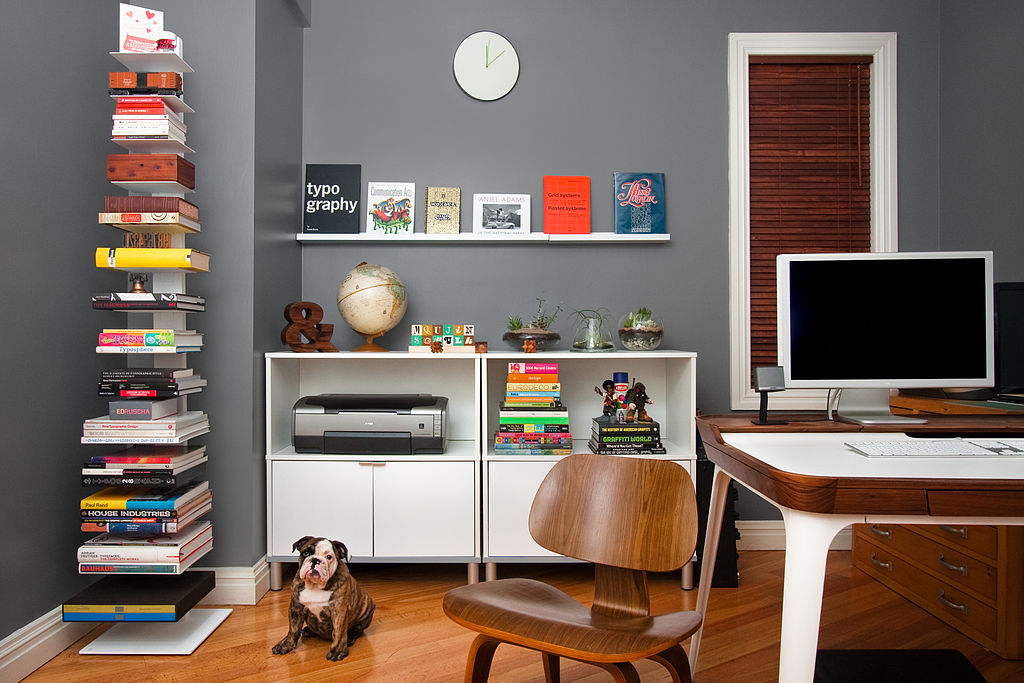
In addition, as the firms verified that productivity and collaboration did not decrease during the pandemic, some companies are encouraged to a “full-time home office” scheme, where employees whose functions can be performed from home will be able to continue working in this way after the pandemic. In some cases, this experience was so successful that some of the companies on the list began to take advantage of the competitive advantage of remote work to incorporate geographically dispersed talent.
Another obstacle that companies had to face was trying to minimize the stress caused by the pandemic and telecommuting. For this, many of them focused their strategies on the well-being and mental health of employees. For example, they have established teams that work 24/7 to answer health and safety questions; They extended the medical insurance of their collaborators, spouses, and dependents so that they have full coverage for covid-19 until the end of the year and adopted Fridays “without Zoom” to reduce the tension caused by video calls.
But this is not all. Some companies saw the pandemic as an opportunity to reinforce talent attraction strategies. Among them is the blind resumè initiative, with resumès without a photograph, name, gender, or age, with the aim that selection technicians focus on the experience and skills of professionals.
If we consider all of the above, the truth that became clear during the pandemic and remote work is that working from home is possible, but even more so, home can be anywhere: beach, jungle, desert, mountain, or magical town (a very popular government program that promotes domestic tourism to small out-of-the-way towns). The only thing essential is a very good internet connection and a space specifically designated inside the house to be able to set up the office. For this reason, real estate developers chose to radically modify the offer to incorporate these spaces that were at the same time an office, a classroom, and a study room for the family. In the Riviera Maya, there are more and more developments with these adaptations. If you wish, we can guide you as to the best options for you to move immediately and start living life working remotely in paradise.
Cocoa in America
Cocoa was highly valued by the Mayans and was used as currency, an element of commercial exchange, and a key element in the preparation of food and drinks. The oldest cacao archaeological record dates back to 2,600 years ago.
The Mayans valued cocoa as an exquisite good for food and drink. Due to their physical characteristics, cocoa beans became a pseudo currency for commercial exchanges. It was discovered by the Spaniards in 1502 when Christopher Columbus found a Mayan ship in the Gulf of Honduras loaded with this element, but according to the chronicles, Hernán Cortéz was one of the first to taste its flavor.
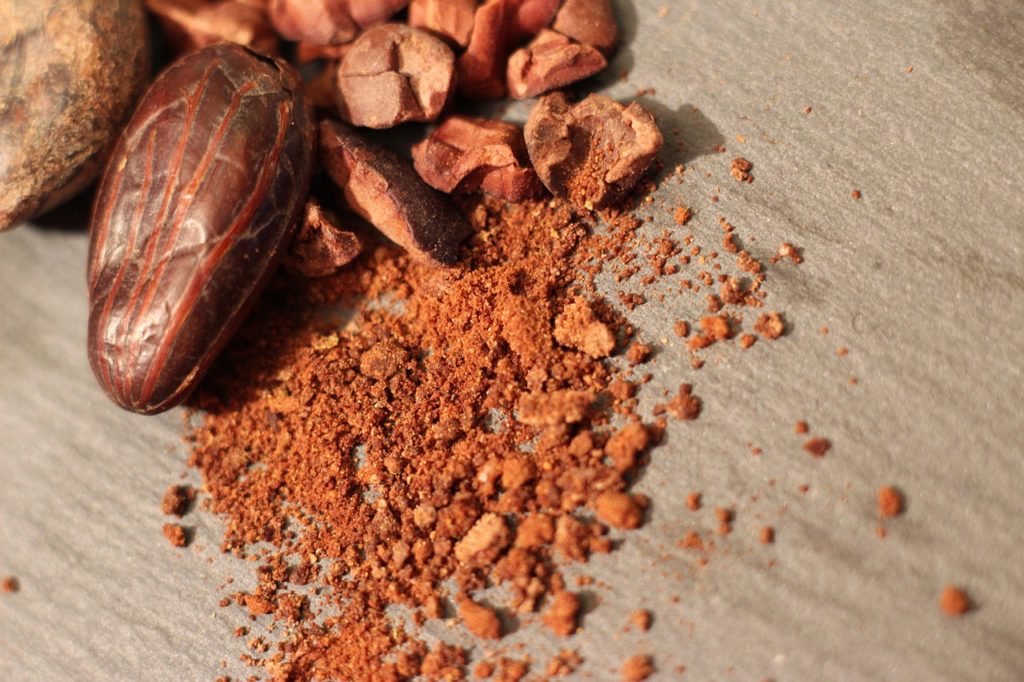
The use of cocoa dates back to 2,600 years ago
Archaeological studies report its use throughout the Mayan kingdom, but it is in the city of Colha in Belize where the oldest discovery of cocoa is reported, dating back 2,600 years. It was used in drinks with different flavors depending on the preparation, ranging from bitter, mixed with fruit, sweet, or even spicy when combined with chili.
Diego de Landa, a Franciscan missionary who documented chronicles of his discoveries throughout the Mayan kingdom at the same time that “the mission commissioned him” to erase the traces of the original culture, reports in his writings valuable data on Mayan customs and the use of cocoa and corn. Landa describes that the Mayans created a drink made from cocoa that was combined with corn dough. Its foam was considered exquisite and of high privilege, being used in rituals and ceremonies of the elite.
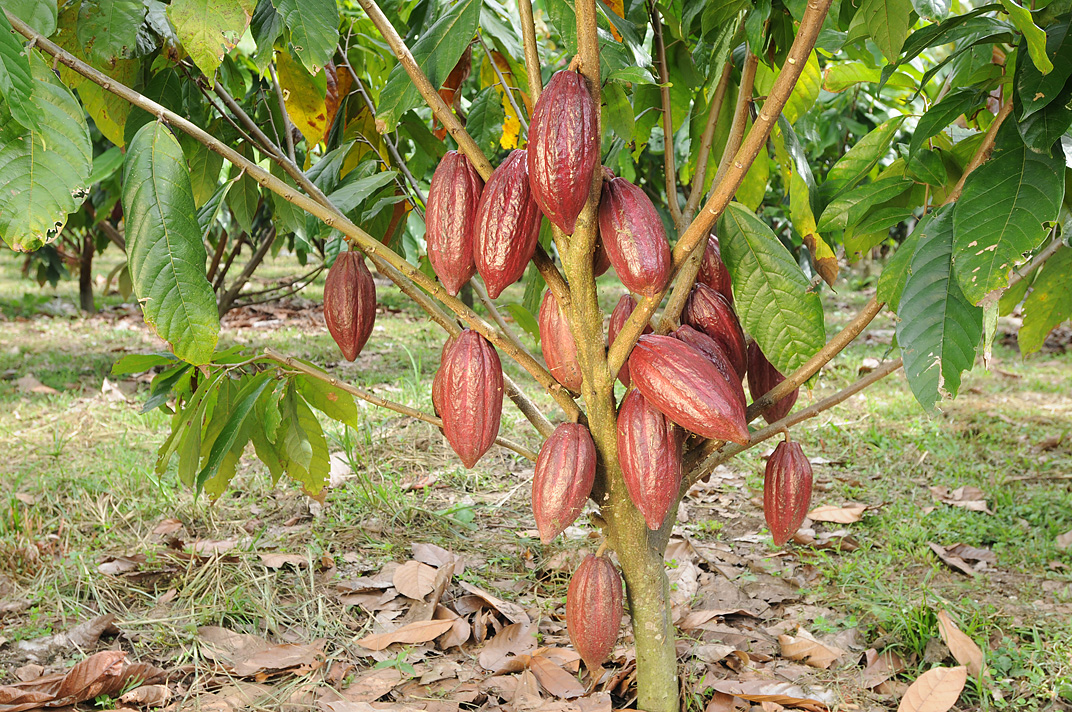
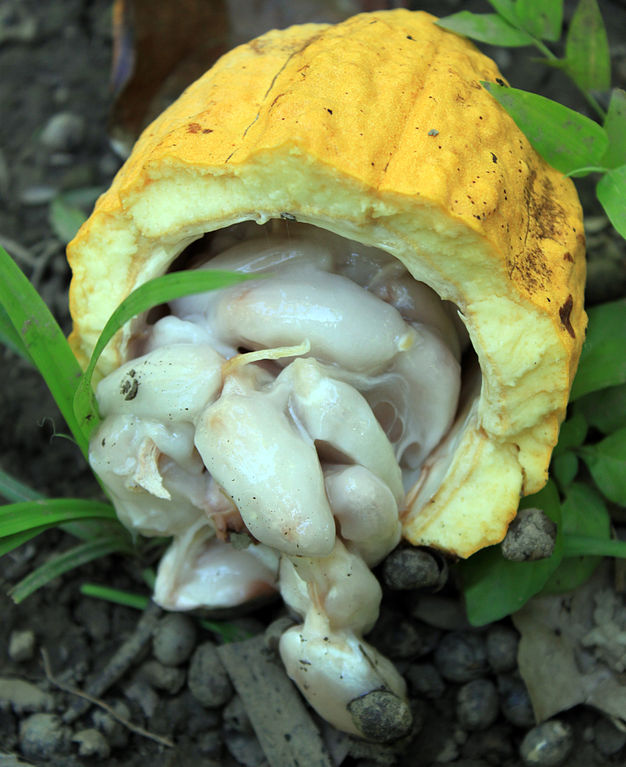
Cocoa: the currency of the Mayans
Cocoa beans had commercial value and when dry was used as currency to buy food. During the conquest, Hernán Cortéz reports to the Spanish kingdom the limitations they found in the new world to obtain food. The purchase of these from the indigenous people was affected by the little value they found in what the Spanish had to offer. It was then that Moctezuma had to be asked for cocoa beans to enter into product negotiations.
Cocoa in its natural state.
This small tree requires warmth and moisture. It does not need direct sun and thrives comfortably in the jungle in the shade of trees in abundant humidity. Its fruit hangs from the stem and each yield up to 40 seeds.

Cocoa and chocolate in the new world.
A monastery in Zaragoza was the first to receive cocoa beans to be able to make chocolate in Europe. The first formal shipment of chocolate is recorded in the year 1522 by Franciscan monk Olmedo. It was then introduced to Italy in 1606 by Francesco Carletti and in 1615 it reached France. Subsequently, cocoa and chocolate continued to spread throughout Europe with tremendous acceptance.
Today, between 70% and 100% of the total cocoa export comes from countries such as Bolivia, Colombia, Costa Rica, Ecuador, Peru, and Mexico, it corresponds to special varieties of cocoa of the highest quality.
Chocolate, a true Mayan Heritage
Secret corners of the Riviera Maya: Laguna de Nopalitos.
Laguna Nopalitos is one of the most beautiful destinations in the state of Quintana Roo, it is a natural sanctuary located in the heart of the municipality of Tulum, in the heart of the Mayan area. This body of water has a color similar to mint candy, so you should not miss a visit there when sanitary conditions allow it.
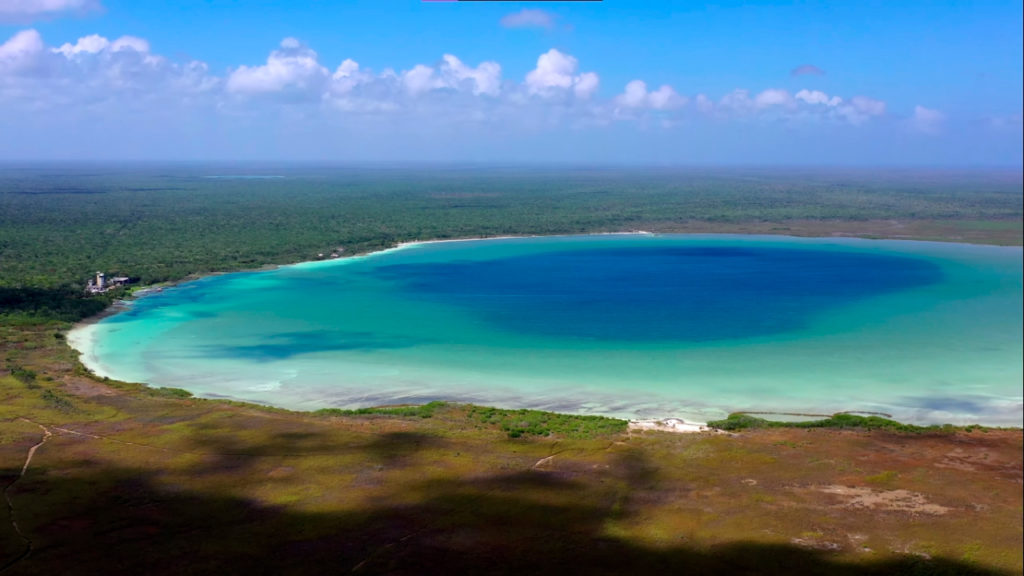
For many years, this destination was the cause of conflicts over land possession and, for this reason, the area was divided into small fractions.
Laguna Nopalitos was named so because in the center there is a dark shadow that, seen from above, resembles a nopal (a very common eatable cactus) leaf.
Laguna Nopalitos takes over with bright colors that become clearer on the shores; Although it is not as big as Bacalar, its beauty is unique and you can swim there, sail, and swing in a unique hammock.
Access costs between 50 and 400 pesos per person depending on the amenities you want, and it is located just 20 kilometers from the center of Tulum, after a half-hour drive.

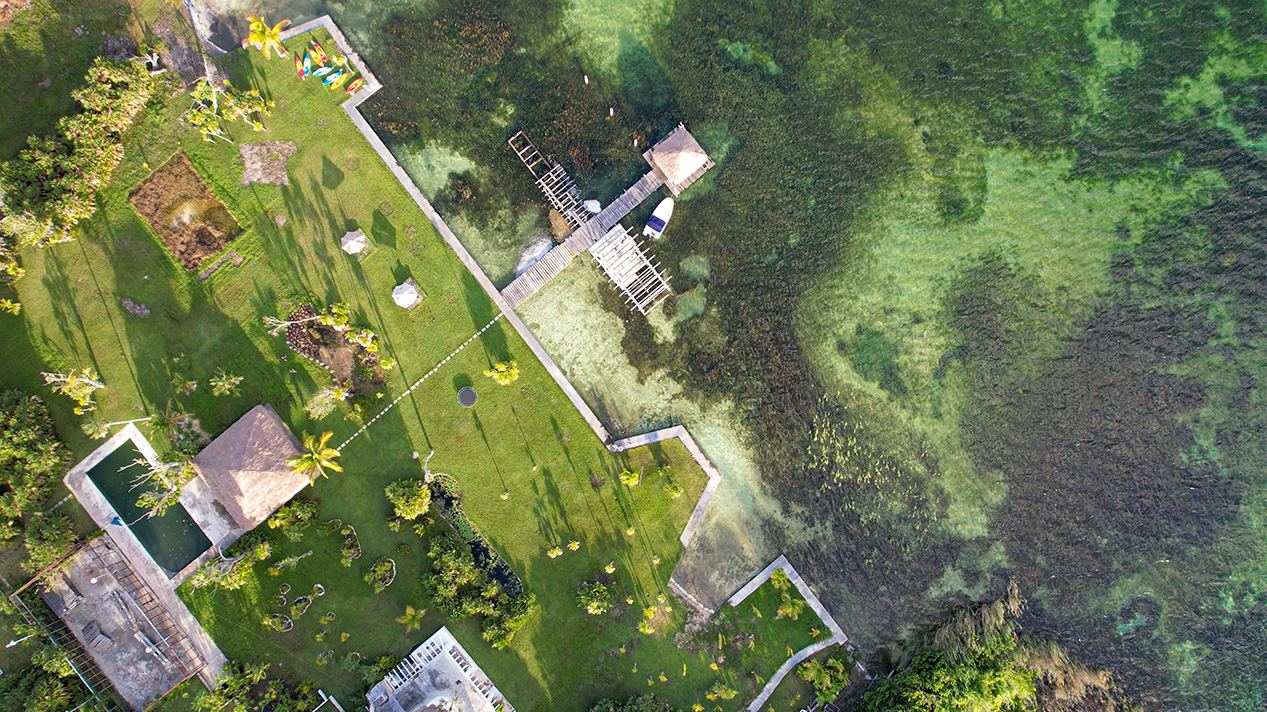
Tulum is located just two hours from the city of Cancun, this popular place is located south of the international airport, one hour away from the city of Playa del Carmen, as we well know this site has an archaeological zone, many Cenotes to visit as well as white beaches and of course lagoons.
The images that we can see on social networks of this magical place in Quintana Roo, are nothing compared to a live experience, although Tulum does not cease to surprise us now, a magical lagoon also awaits us, with its astonishing aqua pura so magical and that defines these formations so much.
As you can see, the Riviera Maya has a lot to offer for those who are interested in investing here. If you want to see some of the options that the region offers whether in Tulum, Puerto Aventuras, Playa del Carmen, or Puerto Morelos, do not hesitate to contact us, we will gladly assist you.


1 Comment
[…] the Mexican state of Chiapas to Panama, it is possible to see it sporadically in the Riviera Maya. A region with an important diversity in flora and fauna that surprises locals and strangers. If you want to know more on investment opportunities in this […]